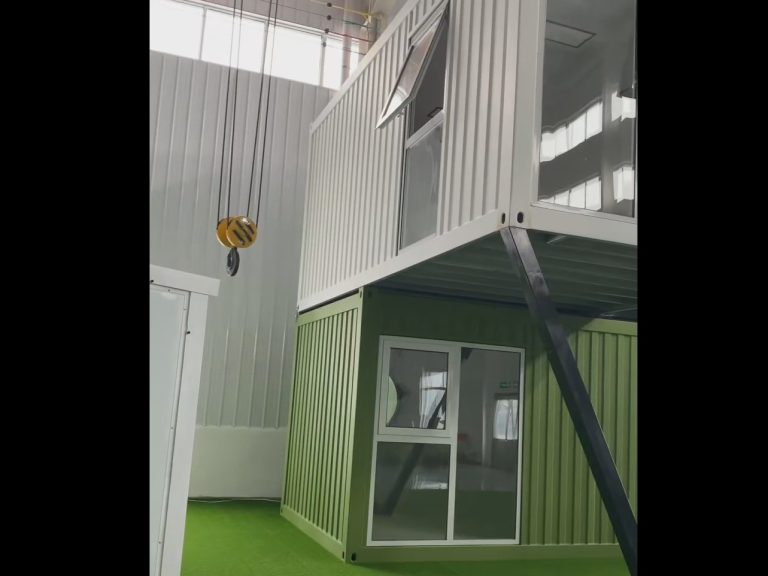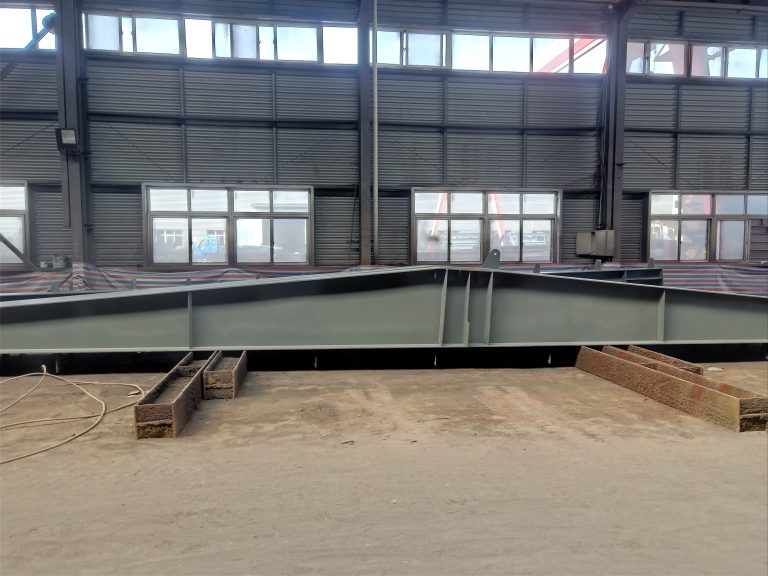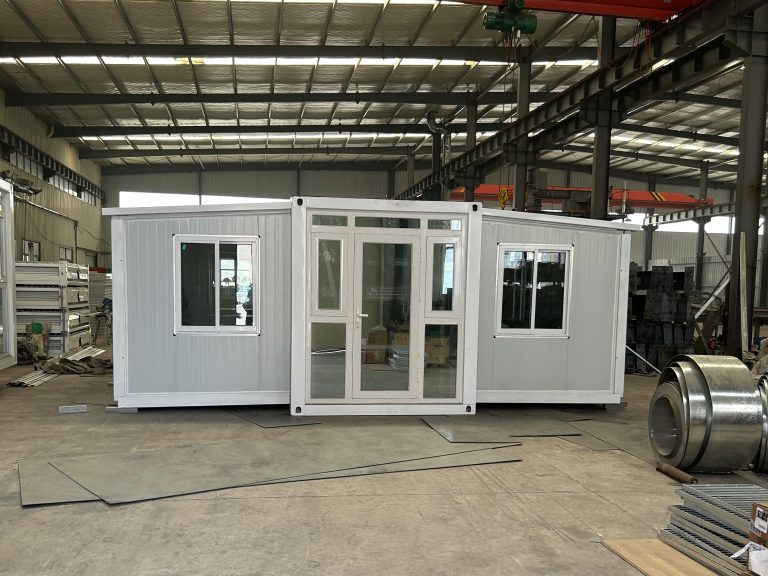Table of Contents
Importance of Proper Material Selection for Thermal Stress Resistance in Steel Structures
Steel structures are widely used in various industries due to their strength, durability, and versatility. However, one of the key challenges faced by designers and engineers is ensuring that these structures can withstand thermal stress. Thermal stress occurs when a material is subjected to rapid changes in temperature, causing it to expand or contract. If not properly managed, thermal stress can lead to deformation, cracking, or even failure of the structure.
Proper material selection is crucial for ensuring the thermal stress resistance of steel structures. The design standard and practice for thermal stress resistance of steel structures play a vital role in determining the performance and longevity of these structures. By following established guidelines and best practices, designers and engineers can minimize the risk of thermal stress-related issues and ensure the structural integrity of steel buildings and infrastructure.
One of the key factors to consider when selecting materials for steel structures is the coefficient of thermal expansion. This property determines how much a material will expand or contract when subjected to changes in temperature. By choosing materials with similar coefficients of thermal expansion, designers can reduce the risk of thermal stress and minimize the potential for deformation or failure.
In addition to the coefficient of thermal expansion, designers must also consider the thermal conductivity of the materials used in steel structures. Thermal conductivity refers to the ability of a material to conduct heat. Materials with high thermal conductivity can help to distribute heat more evenly throughout the structure, reducing the risk of localized thermal stress and minimizing the potential for damage.
Another important consideration when designing steel structures for thermal stress resistance is the use of expansion joints. Expansion joints are designed to accommodate the expansion and contraction of materials due to changes in temperature. By incorporating expansion joints into the design of steel structures, designers can help to relieve thermal stress and prevent damage to the structure.
Proper insulation is also essential for ensuring the thermal stress resistance of steel structures. Insulation helps to regulate the temperature within the structure, reducing the impact of external temperature fluctuations on the materials. By choosing the right type and thickness of insulation, designers can help to minimize thermal stress and protect the structural integrity of steel buildings and infrastructure.
In conclusion, the design standard and practice for thermal stress resistance of steel structures are essential for ensuring the performance and longevity of these structures. By selecting materials with appropriate coefficients of thermal expansion and thermal conductivity, incorporating expansion joints into the design, and using proper insulation, designers and engineers can minimize the risk of thermal stress-related issues and ensure the structural integrity of steel buildings and infrastructure. Proper material selection and design practices are key to ensuring the thermal stress resistance of steel structures and should be a top priority for anyone involved in the design and construction of steel buildings and infrastructure.
Best Practices for Designing Steel Structures to Minimize Thermal Stress
Steel structures are widely used in various industries due to their strength, durability, and versatility. However, one of the challenges faced in the design of steel structures is the impact of thermal stress. Thermal stress occurs when there is a temperature differential within the structure, leading to expansion or contraction of the material. This can result in deformation, cracking, or even failure of the structure if not properly addressed during the design phase.
To minimize the effects of thermal stress on steel structures, it is essential to follow certain design standards and practices. One of the key considerations is the coefficient of thermal expansion of the steel material being used. Different types of steel have different coefficients of thermal expansion, which must be taken into account when designing the structure. By selecting a steel material with a lower coefficient of thermal expansion, the potential for thermal stress can be reduced.
Another important factor to consider is the design of the connections within the structure. Connections are critical points where thermal stress can accumulate, leading to potential failure. It is essential to design connections that allow for thermal expansion and contraction of the material without causing excessive stress. This can be achieved through the use of flexible connections, such as expansion joints or slip-critical connections, which can accommodate the movement of the material without compromising the integrity of the structure.
In addition to the material selection and connection design, the overall layout and geometry of the structure also play a significant role in minimizing thermal stress. By designing the structure with proper consideration for thermal expansion and contraction, the effects of thermal stress can be distributed more evenly throughout the structure, reducing the likelihood of localized stress concentrations.
Furthermore, it is important to consider the environmental conditions to which the structure will be exposed. Extreme temperature fluctuations can exacerbate the effects of thermal stress on steel structures. By designing the structure with appropriate insulation or ventilation systems, the temperature differentials can be minimized, reducing the potential for thermal stress.
In conclusion, designing steel structures to minimize thermal stress requires careful consideration of various factors, including material selection, connection design, layout, and environmental conditions. By following best practices and design standards, the effects of thermal stress can be mitigated, ensuring the longevity and safety of the structure. Proper planning and attention to detail during the design phase are essential to prevent issues related to thermal stress in steel structures. By incorporating these principles into the design process, engineers can create structures that are resilient to thermal stress and capable of withstanding the challenges of varying temperatures.







